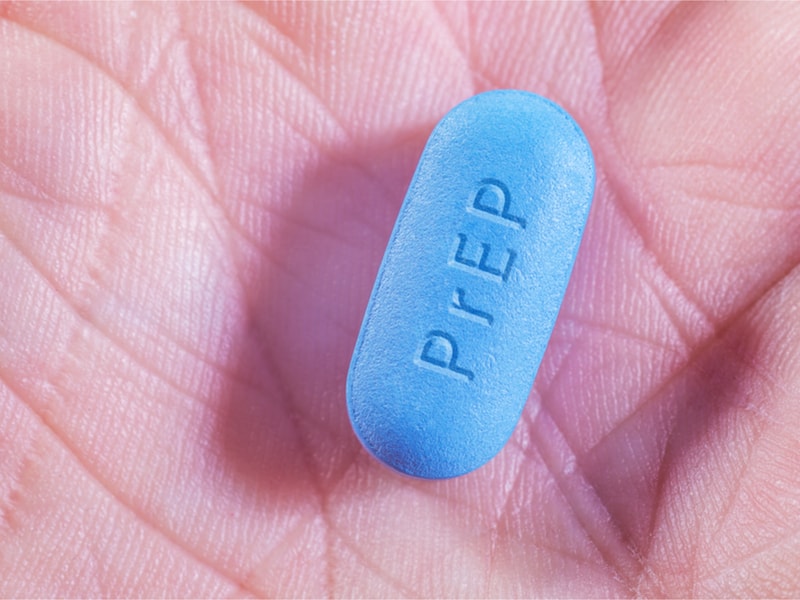
What are the possible side effects of PrEP?
Sam, a 38-year-old banker, experienced unfavorable side effects which nearly drove him to stop taking it. Salome, a personal assistant, experienced brief and minor side effects.
Every individual’s experience with Pre-exposure prophylaxis (PrEP) is unique.
PrEP is an effective HIV prevention method, but like any medication, it may have side effects. Common side effects are generally mild and temporary. These effects often improve over time as the body adjusts to the medication.
The most common side effects of PrEP include:
- Nausea
- Headache
- Discomfort in the intestines
These symptoms are usually temporary and may disappear within a few weeks after starting PrEP.
Some individuals may experience mild changes in kidney function. Regular monitoring by healthcare providers is essential to detect any potential issues early on, and adjustments to the medication can be made if necessary.
It’s important to note that serious side effects are rare but may include severe kidney problems or bone density issues with long-term use. While these risks are scary, it is important to weigh them against the significant benefits of preventing HIV infection.
Anyone on PrEP should maintain open communication with their healthcare provider. Regular check-ups allow for ongoing assessment of potential side effects and ensure that individuals receive appropriate care and support.
Overall, the majority of people on PrEP experience minimal side effects, and the benefits of preventing HIV transmission far outweigh the potential risks for most individuals
